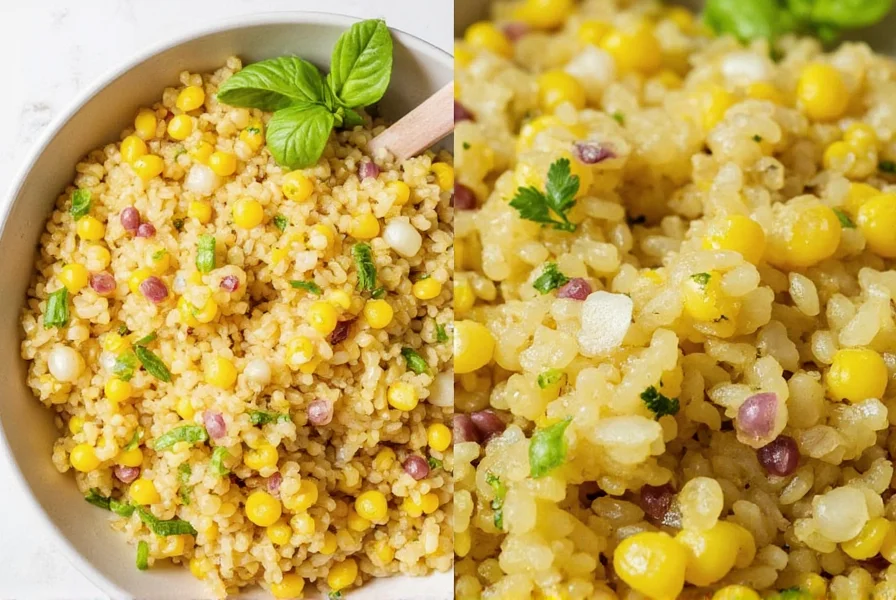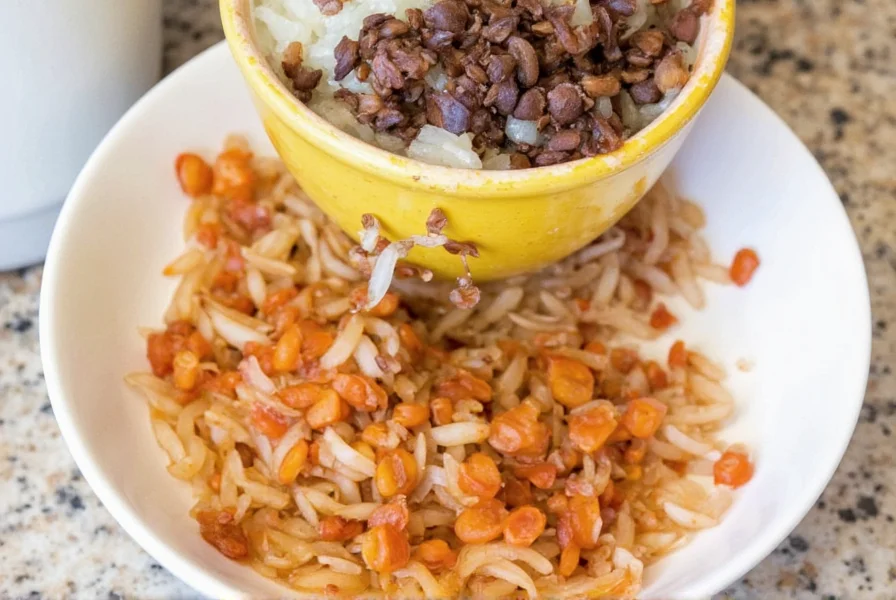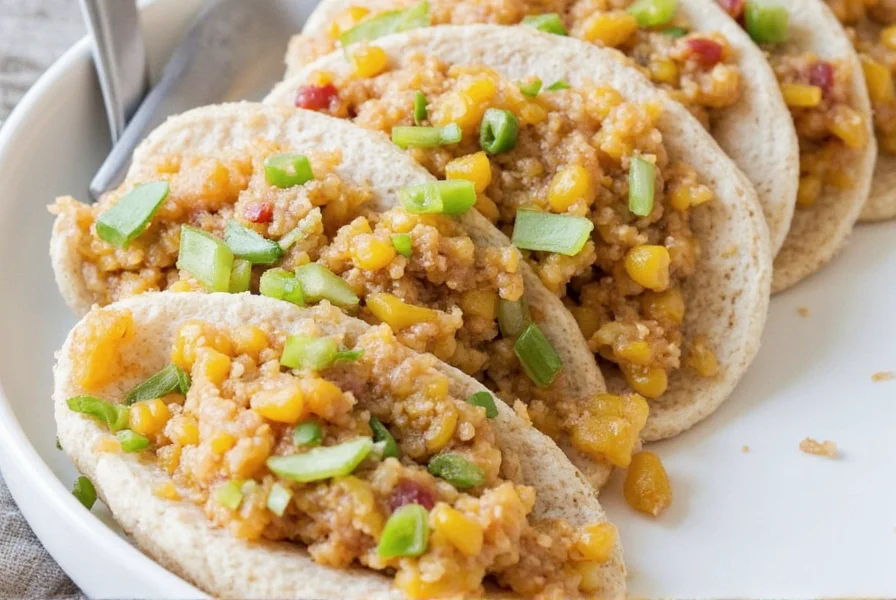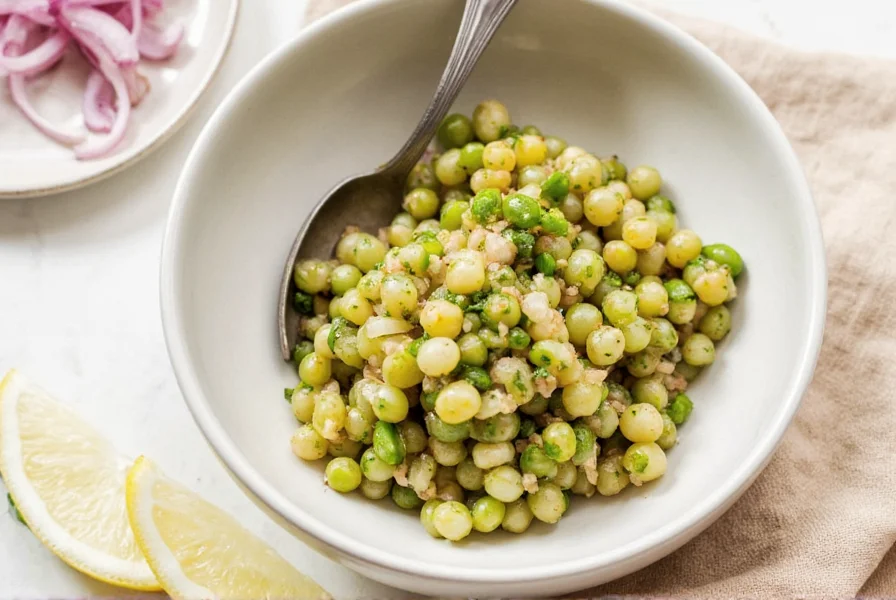Table of Contents
Pepper onion relish is a tangy, slightly sweet, and spicy condiment made from finely chopped onions, bell peppers, vinegar, sugar, and spices. It's commonly used as a topping for sandwiches, hot dogs, burgers, and grilled meats, adding flavor and crunch to meals.

What is Pepper Onion Relish?
Pepper onion relish is a versatile condiment combining the crisp texture of onions and bell peppers with the tangy acidity of vinegar and subtle sweetness from sugar. It typically includes spices like mustard seed, celery seed, or chili flakes for extra depth. This relish enhances simple dishes by adding complexity and brightness, making it ideal for sandwiches, burgers, grilled proteins, and even as a mix-in for salads or dressings. Regional variations may incorporate garlic, honey, or different pepper types for unique flavor profiles.

How to Make Pepper Onion Relish
Making homemade pepper onion relish is simple and allows full control over ingredients. Follow this easy recipe:
- 2 large onions, finely chopped
- 2 bell peppers (red, yellow, or green), seeded and diced
- 1/4 cup white vinegar
- 1/4 cup granulated sugar
- 1 tablespoon Dijon mustard
- 1 teaspoon salt
- 1/2 teaspoon black pepper
- Optional: 1 teaspoon chili flakes or garlic powder for heat or depth
Combine all ingredients in a bowl. Let sit for 30 minutes to allow flavors to meld. For best results, refrigerate for at least 2 hours before serving. Store in an airtight container for up to 1 week. For longer shelf life, follow canning instructions in the FAQ section.

Storage Hacks for Pepper Onion Relish
Proper storage preserves freshness and prevents spoilage:
- Use airtight glass jars: Transfer to sealed containers to block air and moisture.
- Refrigerate immediately: Always store in the fridge; room temperature causes rapid spoilage due to high moisture content.
- Label and date: Mark jars with preparation date. Homemade relish lasts 5-7 days in the refrigerator.
- Freeze portions: Freeze in small batches for up to 6 months. Thaw in the fridge before use.
- Prevent contamination: Use clean utensils when scooping to avoid introducing bacteria.

Usage Ideas for Pepper Onion Relish
Maximize versatility with these creative applications:
- Sandwiches and wraps: Spread on turkey, ham, or veggie wraps for a zesty crunch.
- Grilled meats: Top chicken, steak, or sausages to cut through richness.
- Potato salad: Mix 2 tablespoons into classic potato salad for tangy depth.
- Hot dogs and burgers: A traditional favorite; pairs perfectly with beef or plant-based patties.
- Dressings and dips: Blend with olive oil, lemon juice, and Greek yogurt for a quick salad dressing or dip.
- Breakfast boost: Add to scrambled eggs or avocado toast for extra flavor.
| Product Name | Features | Advantages | Target Audience | Suitable Occasions |
|---|---|---|---|---|
| Classic Pepper Onion Relish | Traditional recipe, no artificial additives | Great for those who prefer natural ingredients | Home cooks, health-conscious individuals | Barbecues, picnics, casual dinners |
| Spicy Pepper Onion Relish | Includes chili flakes for added heat | Perfect for spice lovers | Foodies, adventurous eaters | Mexican cuisine, fusion dishes, summer parties |
| Low-Sugar Pepper Onion Relish | Reduced sugar content, suitable for diabetics | Healthier alternative without sacrificing flavor | People watching their sugar intake | Breakfast, light meals, family dinners |
| Organic Pepper Onion Relish | Made with organic ingredients | Good for eco-conscious consumers | Eco-friendly buyers, organic enthusiasts | Special occasions, gift-giving |
Frequently Asked Questions
How long does homemade pepper onion relish last in the refrigerator?
Homemade pepper onion relish typically stays fresh for 5-7 days when stored properly in an airtight container in the refrigerator. The vinegar content acts as a natural preservative, but because it contains fresh vegetables with high water content, it doesn't last as long as commercial relishes with additional preservatives.
Can I adjust the sweetness level in pepper onion relish?
Absolutely! One of the advantages of making your own relish is customizing the sweetness to your preference. You can reduce the sugar for a more tangy relish or increase it for a sweeter version. Some people even substitute honey or maple syrup for granulated sugar. Just remember that sugar also helps with preservation, so significantly reducing it may shorten the relish's shelf life.
What's the difference between pepper onion relish and chow-chow?
While both are relishes, chow-chow typically includes additional vegetables like cabbage, cauliflower, and green tomatoes, making it more complex in texture and flavor. Pepper onion relish focuses specifically on the combination of onions and bell peppers, resulting in a simpler flavor profile that highlights these two main ingredients. Chow-chow also tends to have a more mustard-based flavor, while pepper onion relish often features vinegar as the primary acid.
Is pepper onion relish gluten-free?
Most traditional pepper onion relish recipes are naturally gluten-free, as they typically contain only vegetables, vinegar, sugar, and spices. However, when purchasing store-bought varieties, always check the label for potential gluten-containing ingredients or cross-contamination warnings, especially if the relish includes malt vinegar or is processed in facilities that handle wheat products.
Can I can pepper onion relish for longer shelf storage?
Yes, you can preserve pepper onion relish through canning using proper water bath canning techniques. This requires precise measurements of vinegar and sugar to ensure the proper pH level for safe canning. Properly canned relish can last 12-18 months in a cool, dark place. Always follow tested canning recipes from reliable sources to ensure food safety.
What are the best types of peppers to use in pepper onion relish?
Bell peppers are most commonly used in pepper onion relish, with red, yellow, and orange varieties providing natural sweetness. For more heat, you can incorporate some jalapeños, poblano, or serrano peppers. Some recipes call for a combination of sweet and hot peppers to create a balanced flavor profile. The key is to maintain the proper ratio of peppers to onions (typically 1:1) for the best texture and flavor.










 浙公网安备
33010002000092号
浙公网安备
33010002000092号 浙B2-20120091-4
浙B2-20120091-4